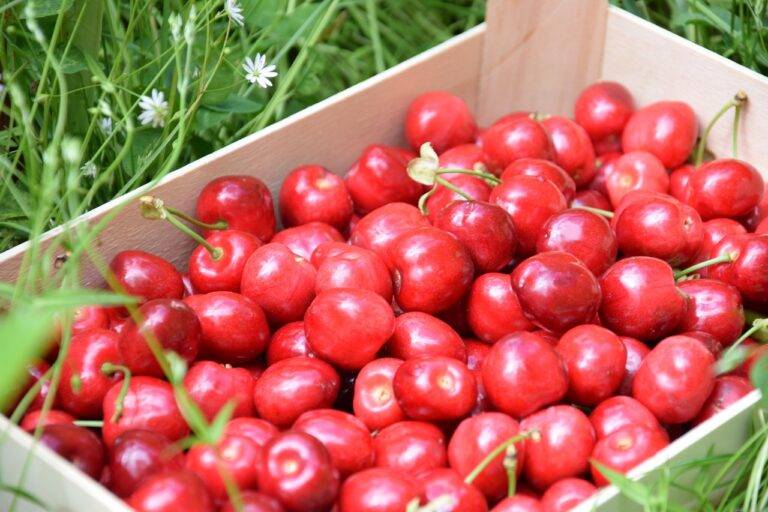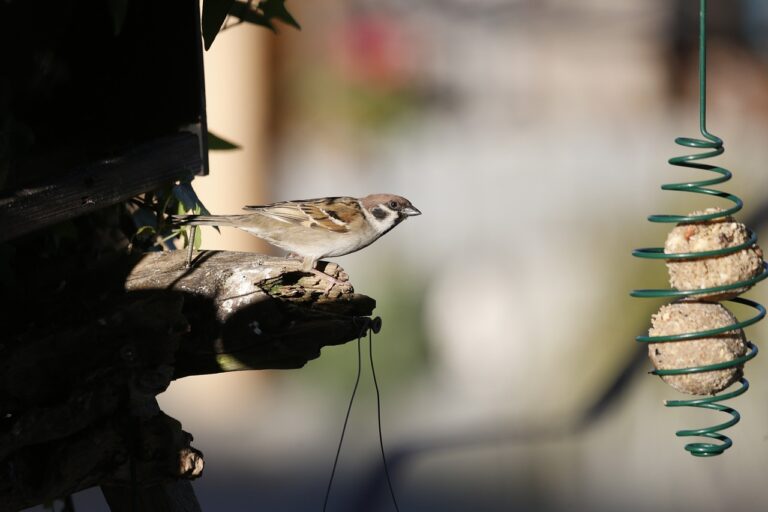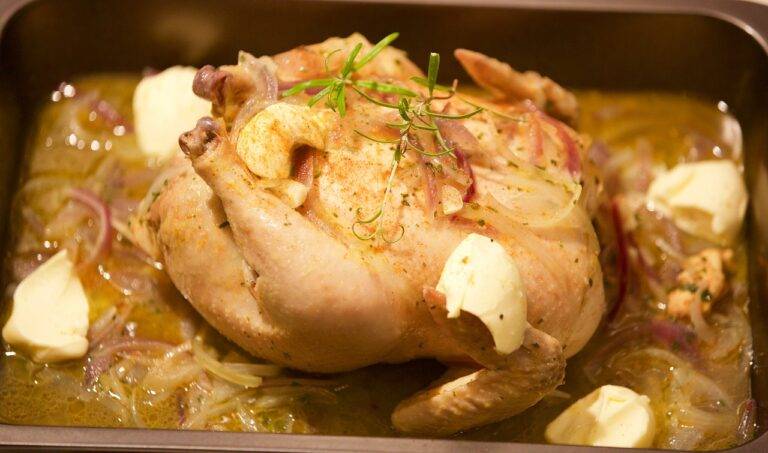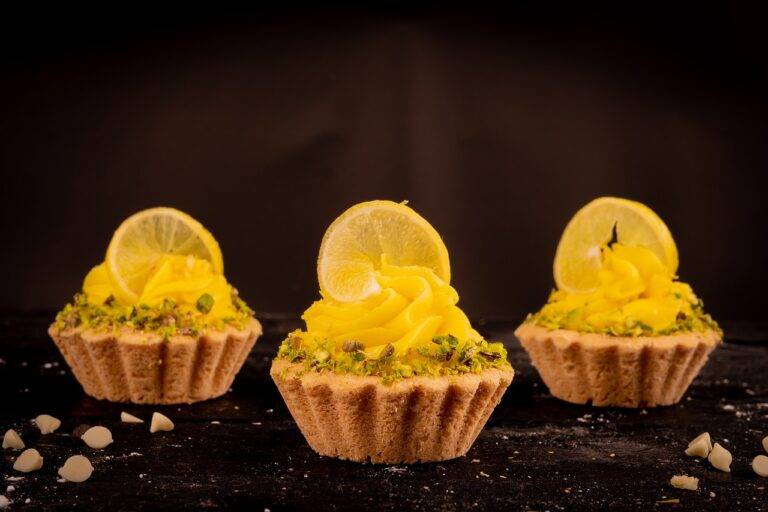Food and Wine Pairing: Tips from the Experts
When it comes to dining, few things are as enjoyable as a perfectly paired meal and wine combination. The right pairing can elevate the dining experience, bringing out the best flavors in both the food and the wine. But with so many options available, it can be overwhelming to know where to start. That’s where the experts come in. By following some simple tips from those in the know, you can master the art of food and wine pairing and take your dining experience to the next level.
Understanding the Basics
Before diving into specific tips for food and wine pairing, it’s important to understand the basics. When pairing food and wine, the goal is to create a harmonious balance between the flavors of the dish and the wine. The right pairing can enhance the flavors of both the food and the wine, making each bite and sip more enjoyable.
Tip 1: Consider the Intensity of Flavors
One of the most important factors to consider when pairing food and wine is the intensity of flavors. As a general rule, dishes with stronger flavors such as grilled steak or spicy curry pair well with bold, full-bodied wines. On the other hand, lighter dishes like grilled fish or roasted chicken are best paired with lighter, more delicate wines.
Tip 2: Match Flavors
Another key tip for successful food and wine pairing is to match flavors. For example, a rich, creamy dish like fettuccine alfredo pairs beautifully with a buttery chardonnay, while a spicy Thai curry complements a slightly sweet riesling. By considering the flavors of both the dish and the wine, you can create a balanced pairing that enhances the overall dining experience.
Tip 3: Consider the Texture of the Food
In addition to flavor, it’s important to consider the texture of the food when pairing with wine. For example, a dish with a rich, creamy texture like macaroni and cheese pairs well with a wine that has a similar creamy texture, such as an oaked chardonnay. On the other hand, a dish with a light, crisp texture like a salad with vinaigrette is best paired with a wine that has a similar lightness, such as a sauvignon blanc.
Tip 4: Don’t Forget about Acidity
Acidity is another important factor to consider when pairing food and wine. Dishes with high acidity like a tomato-based pasta sauce pair well with wines that also have high acidity, such as a sangiovese or a pinot noir. By matching the acidity levels of the food and the wine, you can create a harmonious pairing that enhances the flavors of both.
Tip 5: Consider the Tannins in the Wine
When pairing food and wine, it’s also important to consider the tannins in the wine. Tannins are compounds found in grape skins, seeds, and stems that can create a dry, astringent sensation in the mouth. Dishes with rich, fatty meats like a juicy steak pair well with tannic wines, such as a cabernet sauvignon, which help cut through the fat and cleanse the palate.
Tip 6: Experiment and Trust Your Palate
While these tips are a great starting point for successful food and wine pairing, it’s also important to remember that everyone’s palate is different. The best way to find the perfect pairing for your taste preferences is to experiment and trust your palate. Don’t be afraid to try new combinations and see what works best for you after all, the most important thing is that you enjoy the dining experience.
FAQs
Q: Can I pair red wine with fish?
A: While traditionally, white wine is considered the best pairing for fish, there are some red wines that can work well with certain types of fish, such as salmon or tuna. It’s all about finding the right balance of flavors and textures.
Q: Should I always follow the traditional pairing rules?
A: While traditional pairing rules can be a helpful starting point, they are not set in stone. Don’t be afraid to experiment and find pairings that work best for your own palate.
Q: How do I know if a wine is too sweet or too dry for a dish?
A: A good rule of thumb is to pair sweet dishes with sweet wines and dry dishes with dry wines. However, if a wine tastes too sweet or too dry with a dish, it’s likely not the right pairing.
By following these tips and keeping an open mind, you can master the art of food and wine pairing and take your dining experience to the next level. Whether you’re hosting a dinner party or simply enjoying a quiet evening at home, a well-chosen pairing can make all the difference. So grab a glass of your favorite wine, whip up a delicious dish, and savor the magic of a perfectly paired meal.







